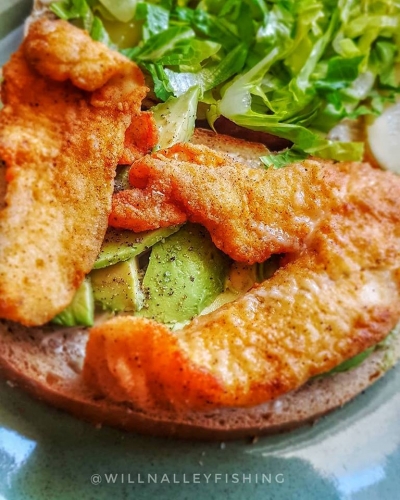BLOG
“Sometimes, you just have to go fishing”- by Bassmaster Elite Series angler Clent Davis
Clent Davis, a native to Alabama and one of the original grassroots anglers to the college fishing program, found himself doing a lot of soul searching leading into the 2018 season. Coming off a couple rough patch years and redirecting his focus to the FLW Tour, he simply “had to just go fishing again.” Fast-forward to August 12th, 2018; Clent’s career took a 360° turn when he posted the biggest come back in FLW history to become the 2018 Forrest Wood Cup Champion. Joined by his wife, daughter, and mom on stage in Hot Springs, Arkansas; Clent looked like a little kid again on the playground without a worry in the world. Fast-forward to February 2019, Clent has accepted a new opportunity with the Bassmaster Elite Series and his accomplishments are still piling up.
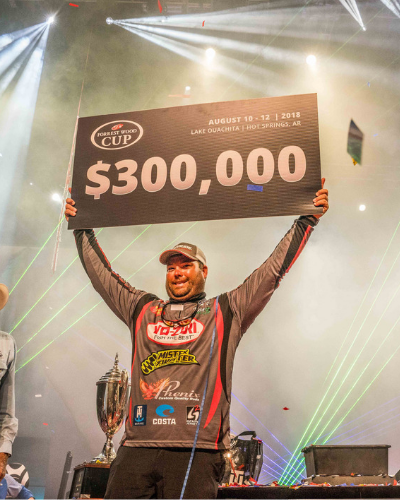
“Coming back to the Elite Series was definitely a decision that was hard to make. With the support of my family, friends, and sponsors I felt like I was making a conscious decision,” says Clent. “The first tournament in Florida kept my reputation in Florida the same ‘terrible’ but coming to Lake Lanier I knew I could put together a great opportunity.”
In practice he found himself struggling again to establish a pattern to go with. Not having a definitive game plan in place, he put 20 rods on the deck and went junk fishing.
“I knew I could catch some fish off docks, and I had some areas I felt confident in. But I couldn’t tell you how I was going to do it or where I was going to finish.”
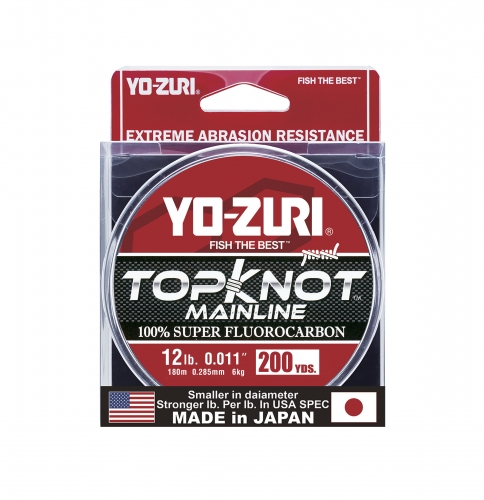
Lake Lanier is a renowned spotted bass fishery, probably on the bucket list of many anglers out there as it should be. Multiple top level tournaments and championships have been held on the lake over the years. It is also where some of the best drop shotting anglers and spotted bass anglers cut their teeth learning everything they did. However, putting a mixture of all the new swimbait and finesse techniques that are popular today; it is almost like taking a knife to a gun fight. But no one out there is going to back down from the challenge, especially Clent Davis.
“Even with all the rods on my deck, I weighed in most of my fish on the Hardcore Flat Minnow 110 and then using a finesse technique. Without a doubt the best technique I had going for me was throwing the jerkbait around docks. I really didn’t think it was going to pan out however, because the weather did not cooperate the way I had hoped.”
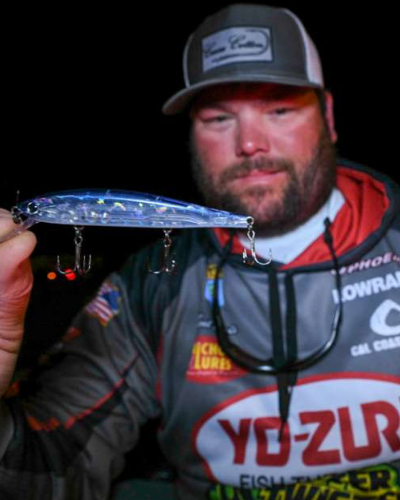
photocredit: Bassmaster.com
The element that played the most into Clent’s favor is consistency. The first day many of the anglers really caught them, but day 2 and into the weekend things changed. Clent was able to stay consistent and put together strong enough weight to post his first Top-10 finish of the 2019 season on the Bassmaster Elite Series. He spent most of his time covering as many docks as he could throughout most of the four days in the tournament throwing the jerkbait. His set up included:
-7’1’’ Phenix Feather ML rod
-6.4:1 Shimano Curado K reel
-12lb Yo-Zuri TopKnot Mainline 100% Fluorocarbon
-Hardcore Flat Minnow 110 (Ghost Pro Blue)
“It feels really good to keep the ball rolling that I got on at the Cup. I spent a lot of time in the off season with my family and in the deer woods. That gave me a break and allowed me to be comfortable going into 2019. I am happy to have gotten my first top-10 early on in the season. Hopefully this will propel me into the remainder and lead me straight into the Bassmaster Classic.”
Late Winter Offshore Mahi Bite Picking Up!!! –Matt George
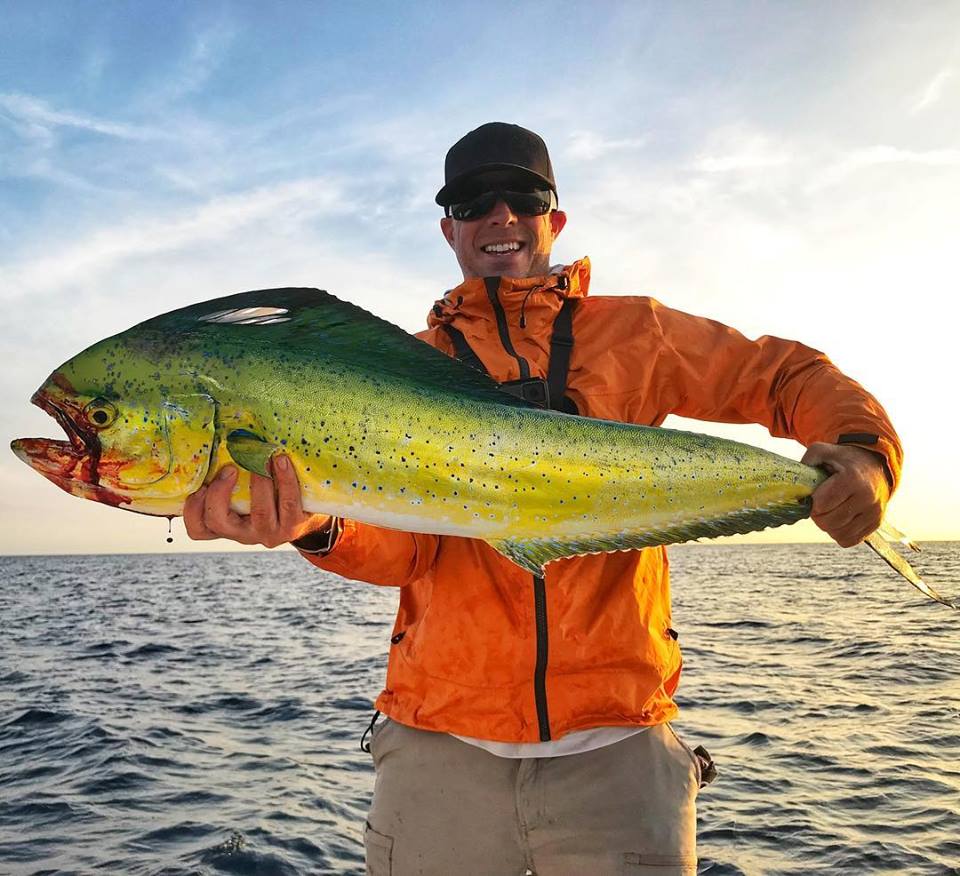 Matt George, one of the craziest but respected personalities to the Yo-Zuri family. Matt grew up in the northeast US, but has called Florida home for several years now. When not traveling for business all over the world, he spends his down time wisely fishing inshore and offshore.
Matt George, one of the craziest but respected personalities to the Yo-Zuri family. Matt grew up in the northeast US, but has called Florida home for several years now. When not traveling for business all over the world, he spends his down time wisely fishing inshore and offshore.
“To me, I don’t care what I am catching as long as I am on the water. But lately the offshore bite has been really picking up. Following a strong pattern lately is turning into more success on the water. Let the birds help you find the bait, let the bait be your GPS, and bring on the exhilarating fight that lies before you.”
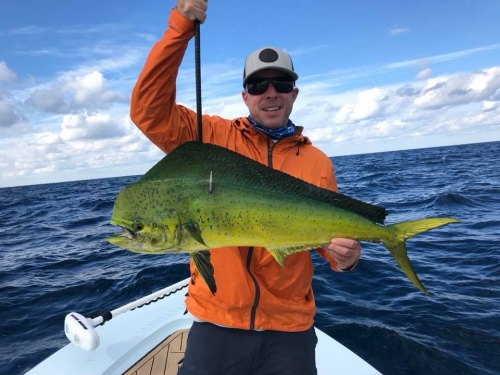
Recently, Matt is spending more time chasing the offshore bite as it is picking up. As winter is coming to a close in south Florida, the bait abundance is increasing and so is the bite.
“Right now I am hitting the water as early as possible and making a 8-12 mile run out. The key depth is anywhere between 100-200 feet. That may seem like a lot, but in your search for lurking Mahi it is easy to eliminate water quickly. Once you find that sweet spot, it is all easy pickings at that point.”
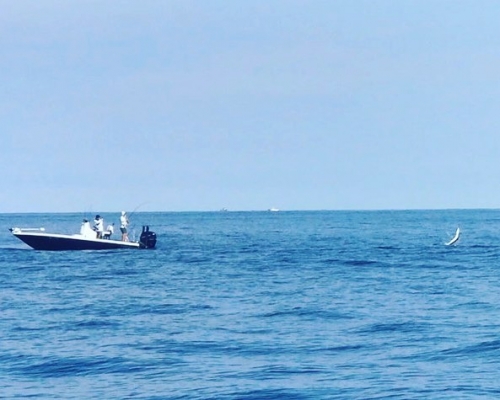
To duplicate what Matt is doing, you have to find the water that will most likely have bait, again Mahi have huge appetites and are predators. Once you find the bait you can find the fish. Along with the right amount of depth, Matt suggests looking for the temperature changes. This little subtlety could be key, but also the any irregularities in the water. Weed lines, cleaner water, dirties water, whatever may appear different out in the ocean could be the ticket. From there just find the bait which is usually accompanied by diving birds.
“The added bonus right now is on top of the Mahi I am catching, I am also finding a mix of Sailfish, again one of favorite species to target. Recent trips I am averaging 3-4 keeper Mahi and about the same number of sails. The days out there have been really fortunate and exciting!”

Matt is using a 2-way approach to targeting his catch. The traditional trolling method and topwater have paid off the best. For the trolling methods, he is rigging live bait on 30lb Yo-Zuri Blue SuperBraid with 30lb TopKnot Fluorocarbon Leader. The topwater he has been using is the Yo-Zuri Hydro Popper on a spinning outfit with the same line and leader. For the popper, Matt emphasizes to always use a loop knot when adjoining your leader to a topwater bait. This always creates the best action on the water.
FLW Tour Lake Toho Top-20 Finish Recap- by Mike Surman
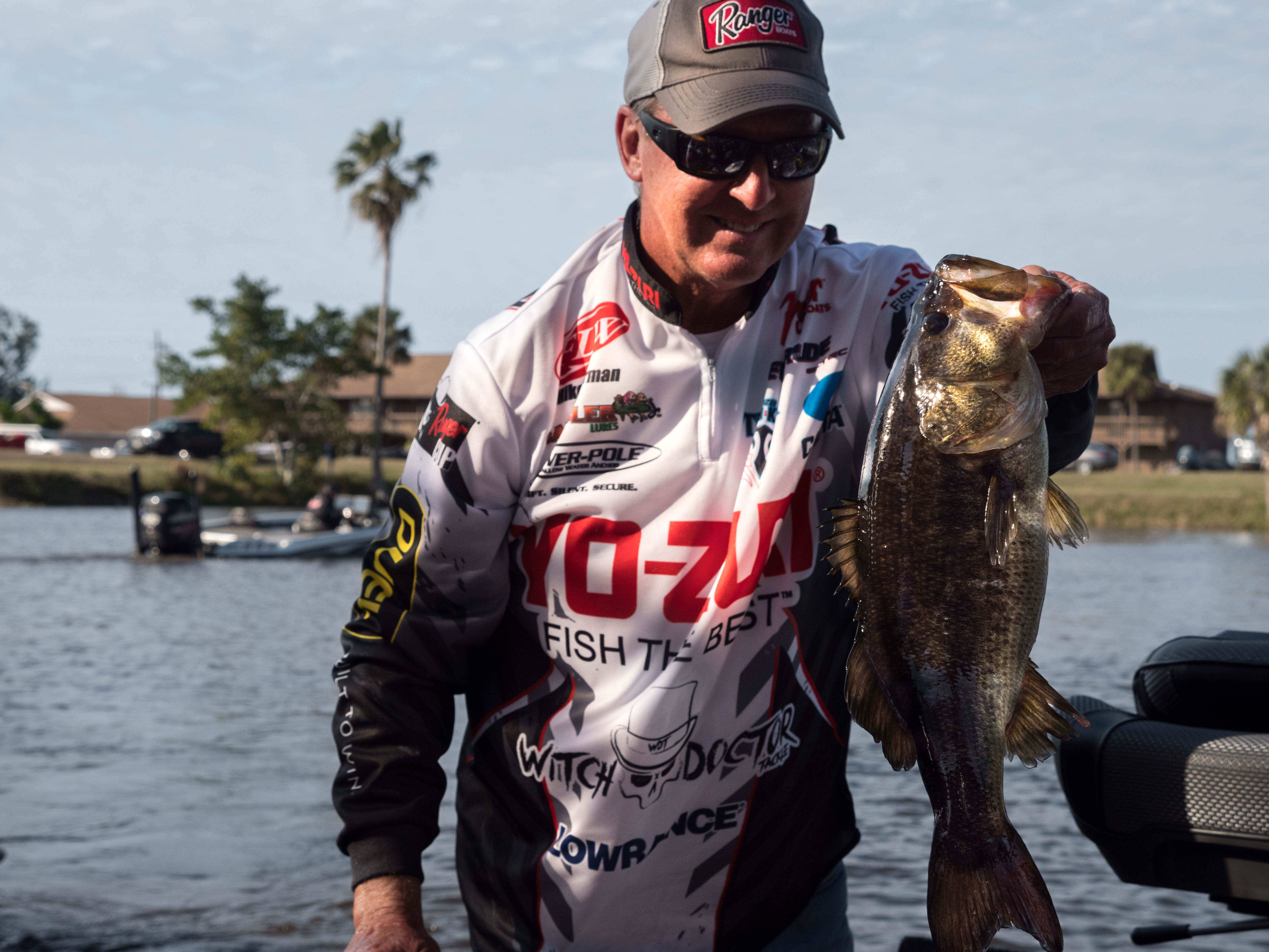 The older I get in this sport the more a good finish means to me. With the changing technology, industry curves, and constant new talent making their way into the tour level; the harder it is for me compete against fellow anglers. However this past weekend in my current home state of Florida at Lake Toho, Mickey Mouse must have given me a little magic being so close to Disney World because everything came together.
The older I get in this sport the more a good finish means to me. With the changing technology, industry curves, and constant new talent making their way into the tour level; the harder it is for me compete against fellow anglers. However this past weekend in my current home state of Florida at Lake Toho, Mickey Mouse must have given me a little magic being so close to Disney World because everything came together.
The fishing in Florida has been really off so far this year. Between the low water in all the lakes, the Red Tide issues the entire state faced last year, and it still being early in the year the best fishing is still yet to come. This last week I was really able to pinpoint a good amount of fish that were pre-spawning and spawning. I used my local knowledge of the lake to lock into Lake Kissimmee and fish staging areas leading into spawning areas with good, healthy grass around it. With water temperatures in the mid-60s I knew as the week processed the fish would continue to move up.
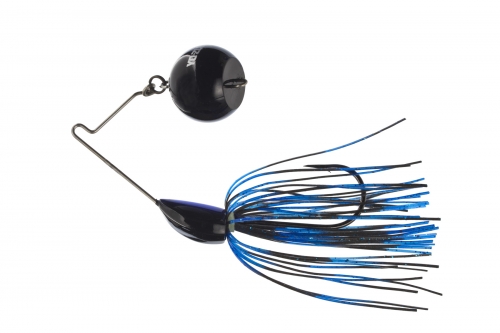
In practice I was really able to capitalize on a morning pattern and then an afternoon pattern, a key to my success knowing I could stay calm throughout the day and capitalize on the different patterns when they were at their best. In the mornings I was catching fishing on a 1/4oz Black and Blue 3DB Knucklebait with a soft plastic swimbait trailer. I was able to catch a couple really good fish on this and thought it would be a key bait for me throughout the tournament. I was throwing the Knucklebait over submerged grass around staging areas. As the afternoon took place and the sun got high I was able to pitch to hydrilla mats and dollar pads with a soft plastic stickworm catching spawning fish.
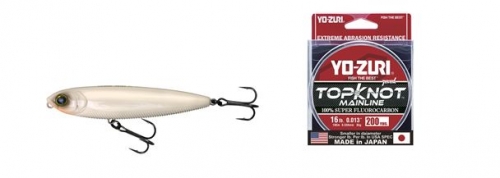
In the tournament, the morning Knucklebait bite had died but I was still able to capitalize catching these same fish using a 3DB Pencil in Bone color. For this technique I was throwing 20lb Yo-Zuri Hybrid line, and I was making short casts with it. I think the bait has better action when making shorter casts and not having so much stretch in the line. In the afternoons I was able to again capitalize again on the plastic stickworm bite. I was fishing the worm on a little [1/16oz] weight and throwing it on 16lb Yo-Zuri TopKnot Mainline Fluorocarbon.
One of the last factors that helped me was covering water in an area. I was fishing a massive area of Lake Kissimmee and it seemed like covering water and then breaking down an area once I got a bite was the key to capitalizing on water holding fish.
My ”Not-So-Secret” Fish Fry Mix- Will Nalley
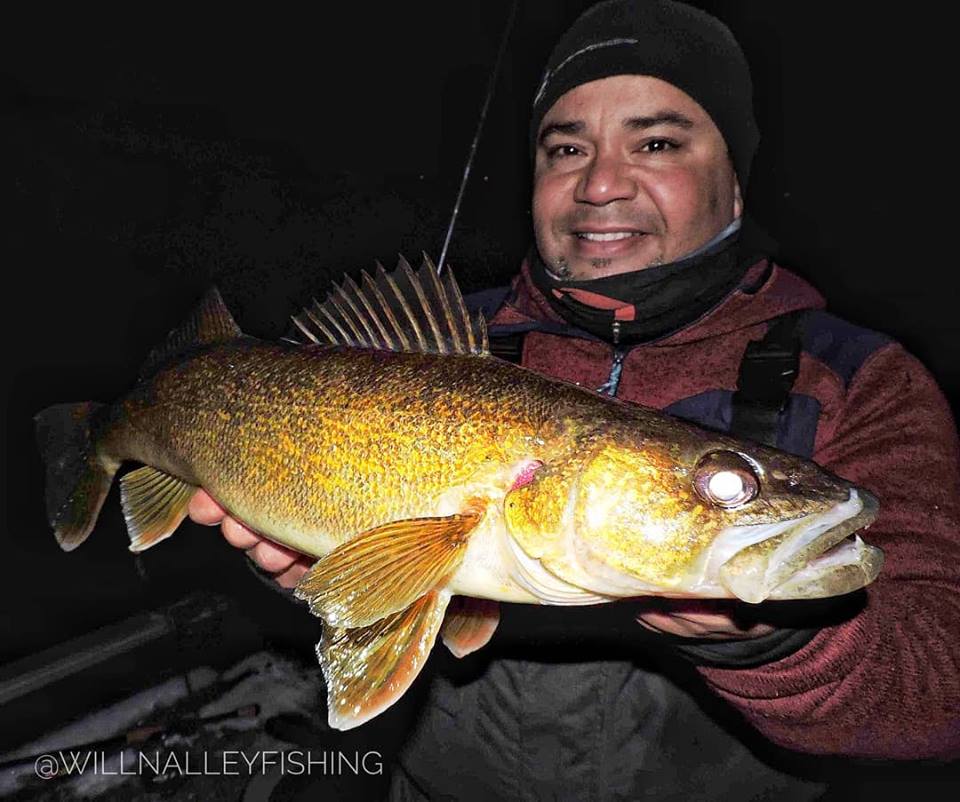 One of the greatest rewards after a day on the water, is cleaning and preparing your catch. In the past few years I’ve been making more fish tacos from my catch than anything else – whether you choose to fry your fish, or prepare it in the oven, this recipe will elevate your meal to the next level!
One of the greatest rewards after a day on the water, is cleaning and preparing your catch. In the past few years I’ve been making more fish tacos from my catch than anything else – whether you choose to fry your fish, or prepare it in the oven, this recipe will elevate your meal to the next level!
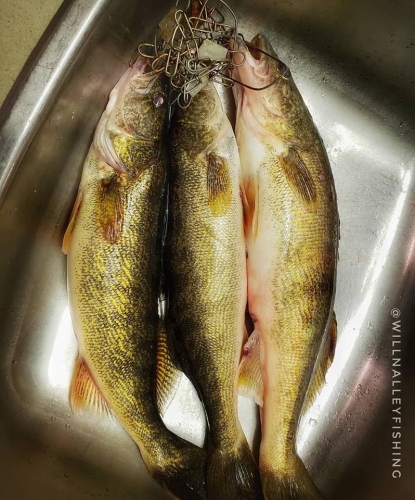
Ingredients
– 1 cup of oil for frying (safflower, canola, or vegetable oil will do)
– Fresh fish fillets
– 1 cup of all purpose flour
– 1 tbsp of seasoning salt
– 1 beaten egg
– 1 tbsp of water
– 1 cup of Panko bread crumbs
– ¼ cup semi sweetened shredded coconut
– 3 medium sized bowls
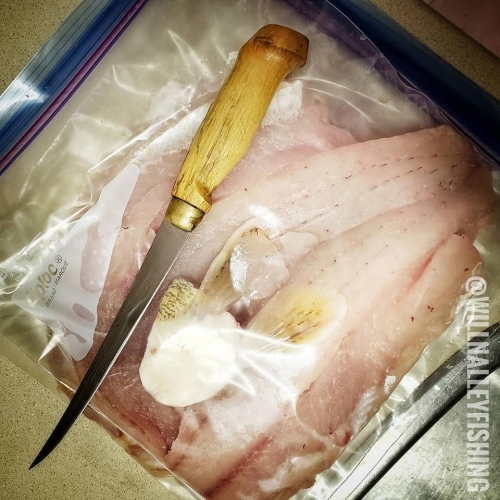
1. In the first bowl, add flour and seasoning salt and mix
2. In the second bowl, beat one large egg with 1 tbsp of water
3. In the third bowl, add Panko crumbs and coconut, and mix
Heat the oil in a frying pan or shallow pot to a temperature of 350 degrees Celsius (or heat oven to same temperature).
Take fish fillets and cut into bite sized pieces. Take each piece of fish and dredge in the flour mixture, then egg wash, and roll in the Panko coating. Repeat for all remaining pieces.
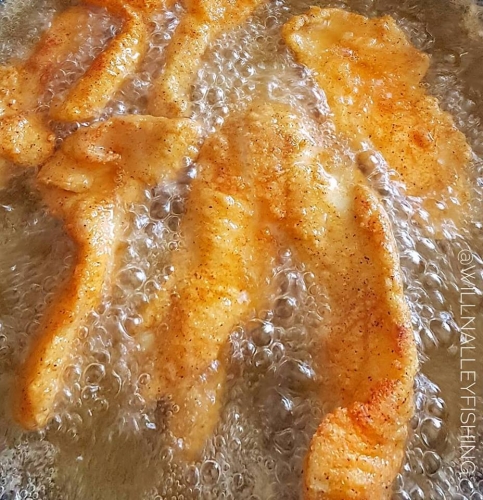
FRYING
Fry fish a few pieces at a time – never crowd the pan with too many pieces. This will cause the oil to lose temperature. Turn fish after the bottom turns a golden brown. Remove pieces as they finish, placing them on a plate lined with paper towel.
Pre-heat oven to 365 degrees Celsius. As each piece of fish is coated, place on a cookie sheet. Place the cookie sheet into the oven – checking for a golden coating before flipping. This may take up to 10 minutes depending on your oven. Flip fish and cook until done.
